Ring home security reviews


In the market for simple home security? Ring is one of the most well-known DIY brands out there. We tested the latest release and were pleased with the experience. There were a few drawbacks, such as the bulky design and lack of silent operation. But overall, it's a reliable, user-friendly system.
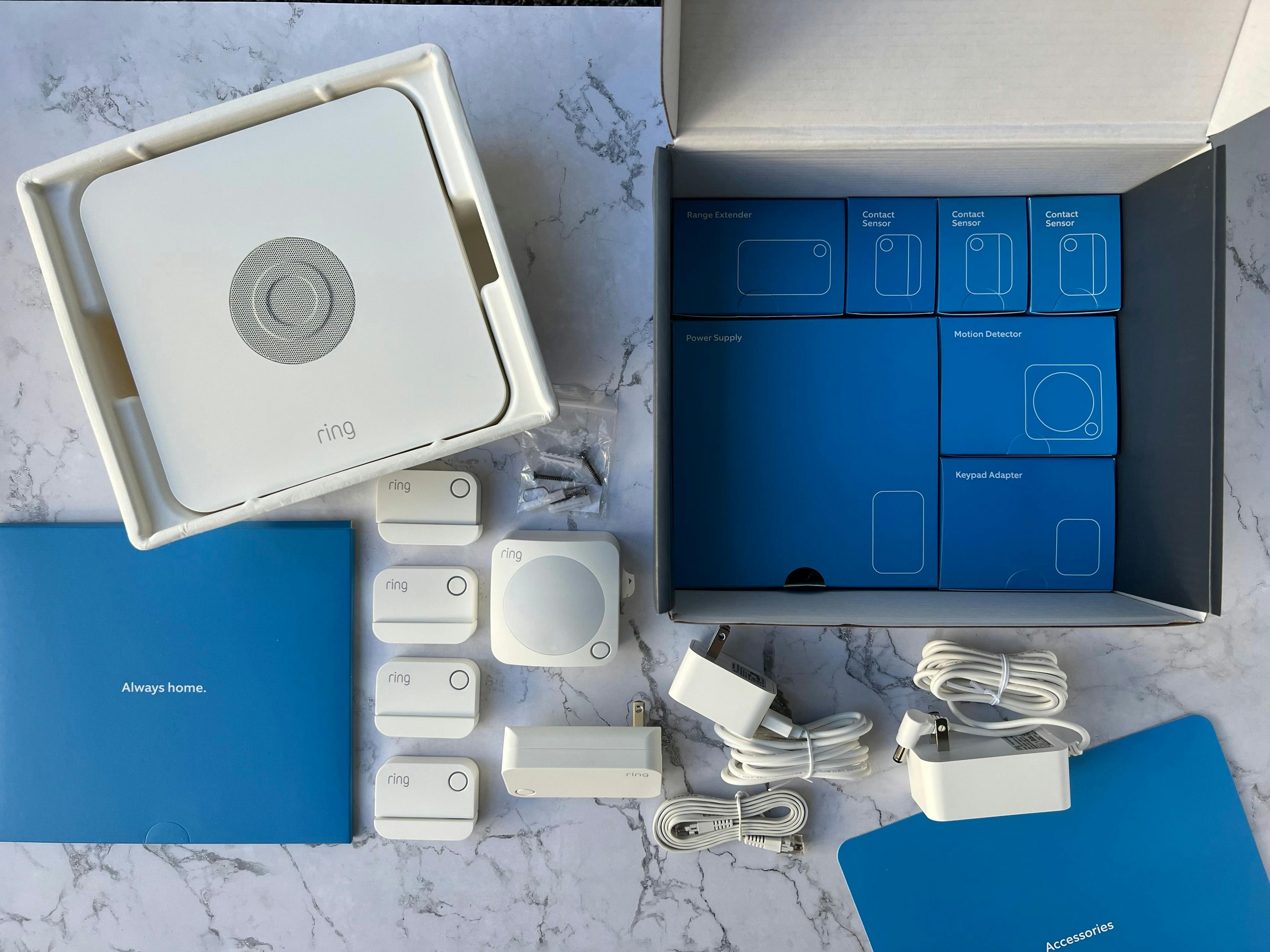
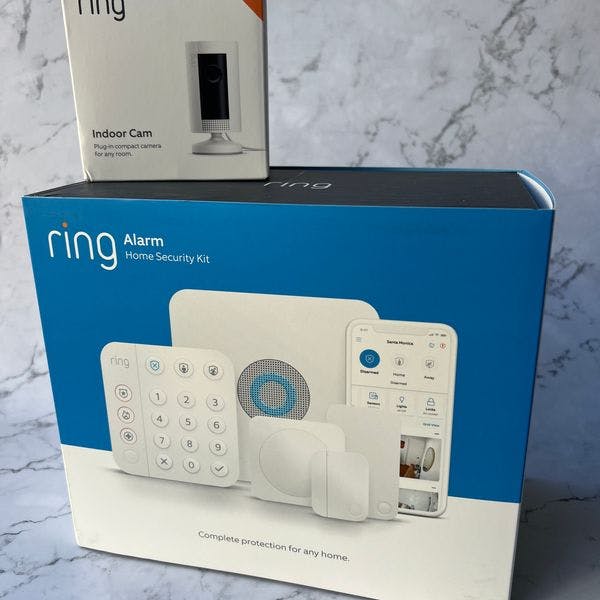
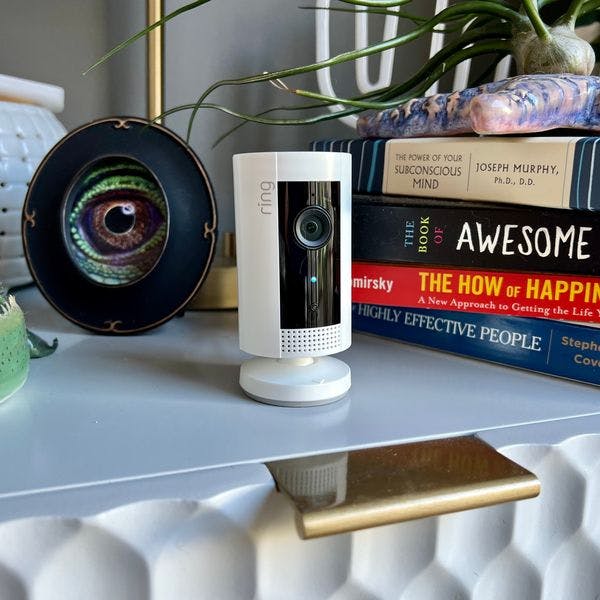
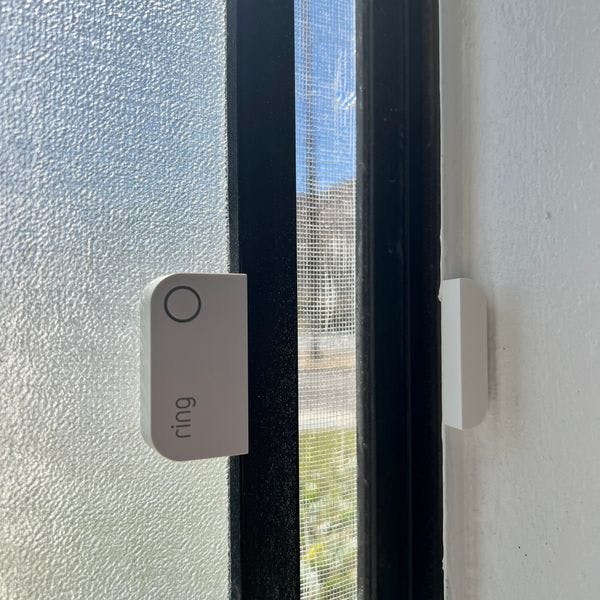
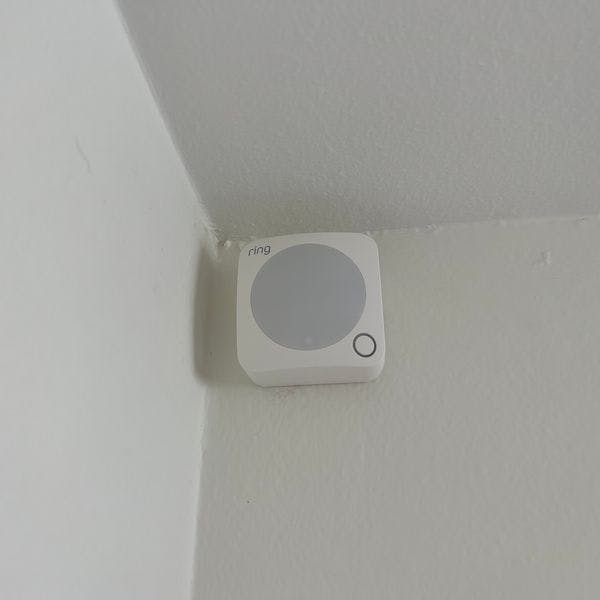
We tested the Ring alarm home security system in our home to give you a rundown of everything you need to know about it—from installation and our favorite features to customer support and monthly monitoring.
One of Ring’s big benefits is that no matter how small or big your home is, you can use it to protect your family and valuables. You can customize your home security system to suit your needs by building your own system from the outset or by purchasing add-ons to a kit. For example, the eight-piece kit we tested comes with one motion detector. But if you have a large home that can benefit from having more than one, you can buy extras for a reasonable price.
During our test, we added an indoor cam in a room for extra security. Even though it’s sold separately, it pairs seamlessly with the security system via the mobile app. We were able to keep an eye on our fur babies while at the beach in Live View on Ring’s app. Our pets didn't set off any false alarms while we were away for a couple of hours. The real-time footage was quite impressive—it didn't lag and was very crisp even with zooming in. Finally, users can also get real-time alerts and set up an assortment of other Ring devices to work together.
While the Ring system covers most bases, it does fall short when it comes to smart home device compatibility. It works with only a limited number of certified devices. But if you have an Amazon or Alexa smart home device, you can take full advantage of Ring’s smart home integrations. Other supported devices include Chamberlain smart garage controls, Schlage and Yale smart locks, and Honeywell thermostats.
Ring compatibility with voice assistants
| Voice assistant | Compatible? |
|---|---|
| Alexa | Yes |
| Google Home | Yes |
| Siri | No |
| Bixby | No |
| Cortana | No |
Ring compatibility with climate control systems
| Climate system | Compatible? |
|---|---|
| Honeywell | Yes |
| Nest | No |
| ecobee | No |
| Wyze | No |
| Amazon | Yes |
Ring compatibility with lighting control systems
| Lighting system | Compatible? |
|---|---|
| GE | Yes |
| Leviton | Yes |
| Philips Hue | No |
| Enerwave | No |
| GoControl | No |
Ring compatibility with smart door locks
| Smart door lock | Compatible? |
|---|---|
| Kwikset | No |
| Yale | Yes |
| August | No |
| Schlage | Yes |
| Level Lock | Yes |
Ring offers different packages to suit various homeowners’ needs, but we specifically tested its eight-piece kit. At $249.99, it’s priced competitively with industry standards. When stacked up against other popular household home security brands like ADT and Vivint, Ring offers more flexibility in both the level of monitoring and equipment, at a far more reasonable price.
Whether you choose to purchase a preselected equipment package or build from the ground up, you can always purchase new devices down the line. Ring offers its staple doorbell cameras, smart lights, and environmental sensors for a low cost (even lower if you opt for refurbished devices).
Beyond the price of the kit itself, Ring helps consumers save money in several ways. First, there’s no professional installation fee. The system is a breeze to set up in about half an hour. After that, you can use the self-monitoring features for free.
You don’t have to get professional monitoring to enjoy Ring’s home security benefits. But if you do, it costs only $20 per month after the seven-day free trial. This is a steal, seeing as how many professional monitoring services can range from $30 to $70 per month.
Last but not least, we love that Ring doesn’t force us to commit to lengthy contracts. So depending on individual circumstances, people can choose a month-to-month or annual plan. Ring also offers lower-tiered monitoring plans, so you can choose the best plan for your budget. Need to cancel early? No problem. Ring allows you to cancel at any time with no penalties and will even prorate a refund for any unused time!
Those new to home security often find it daunting to install a system by themselves. But Ring’s interactive in-app tutorials and clear instructions make it simple and quick. First, you’ll download the Ring - Always Home app. Then, follow the instructions to set up and activate the devices. The mobile app is intuitive, even for tech and home security newbies.
We loved this system's no-commitment approach. The motion detector and contact sensors come with a strong adhesive. We were able to peel and stick each device to where we wanted them in the home. Ring gives the option to affix the base station and alarm keypad to the wall, but it's not required.
One hiccup we encountered during the setup was when testing out the keypad. Somewhere along the process, the alarm sounded, and there was no easy way to turn it off quickly using the keypad. The alarm is very loud and not easy on the ears. After fumbling around for a few minutes, it still didn’t turn off. We ended up turning to the mobile app to disarm the alarm.
While figuring out how to disarm the system and turn off the alarm, we received a call from Ring. It was an automated call to inform us that it detected unusual activity in the home. It’s great to know that it’s quick to notify users of any suspicious activity. It’d just be nice if the obnoxious alarm turned off when pressing the X button or entering our unique security code on the keypad.
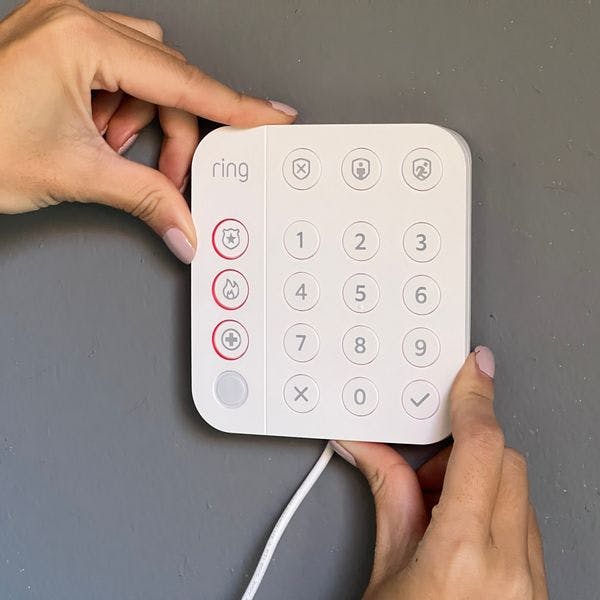

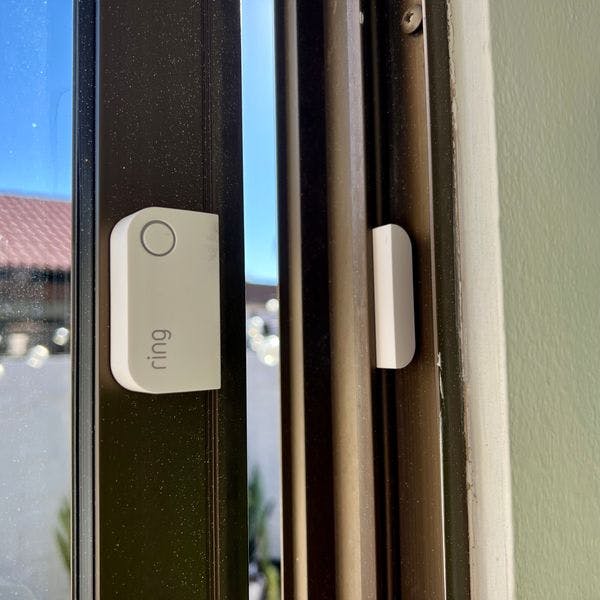
Every Ring user can enjoy free self-monitoring after installing its kit. Self-monitoring enables users to keep tabs on their own security system. This is preferable for many who are comfortable managing their home security capabilities and want to save some money in the process. The main consideration going this route is that it'd be your responsibility to contact first responders in the event of an emergency since Ring wouldn't be monitoring your home for you.
On the other hand, Ring's professional monitoring responds to triggered alarms and can contact fire or police dispatch for homeowners. Those who opt to go this route can subscribe to three tiered plans: Basic, Plus, and Pro. The Basic tier includes video recording for one doorbell or camera. The Plus tier includes video recording for every Ring device in your home. Finally, the Pro tier includes everything that Plus offers, plus Ring professional monitoring, alarm cellular backup, local video storage, and more. You can save money on any tier with an annual purchase. In the event of a triggered alarm in the house, the professional monitoring center gets in touch within 30 seconds.
When a minor issue arose with connecting our indoor cam, we tried contacting Ring via phone. The projected wait time was 10 minutes—but at the 12-minute mark, we were still not connected to a representative. We got through to a customer support representative within seconds using online chat instead.
Speaking from experience, Ring's online chat is your best bet if you need a speedy response to any technical issue or general questions. In fact, during the installation process, we were only able to get through to a representative via online chat. A home security expert answered our questions immediately and succinctly. Specifically, we were curious about how Ring handles professional monitoring, such as available plans and the typical emergency response time.
Unfortunately, it can be tricky to get in touch with someone if you need to cancel your service and return your security system. Ring doesn't process cancellations or returns via online chat. The only way to facilitate this is via phone. It took us roughly 45 minutes to initiate the return process! Ring's “no strings attached” policy would be better if it made this step more efficient (for those who may choose to call it quits).
Ring takes industry-standard measures to ensure privacy and security for all consumers. For example, when setting up a Ring account, we had to create a complex password. This step discourages users from using the same email and password combinations elsewhere. We also had to enter a two-step verification code to log into the Ring account online (to access customer service via chat).
Something potential Ring customers should keep in mind, though, is how the company is using their personal data. Ring, which is owned by Amazon, has released doorbell camera data as part of marketing efforts in the past, sells data to Facebook and other third parties, and remains noncommittal about whether it will implement facial recognition software. (1)
To find out exactly how Ring uses your data, read the terms and conditions carefully and reach out to customer support for further details. And keep in mind other questions you should ask home security companies before you make the purchase.